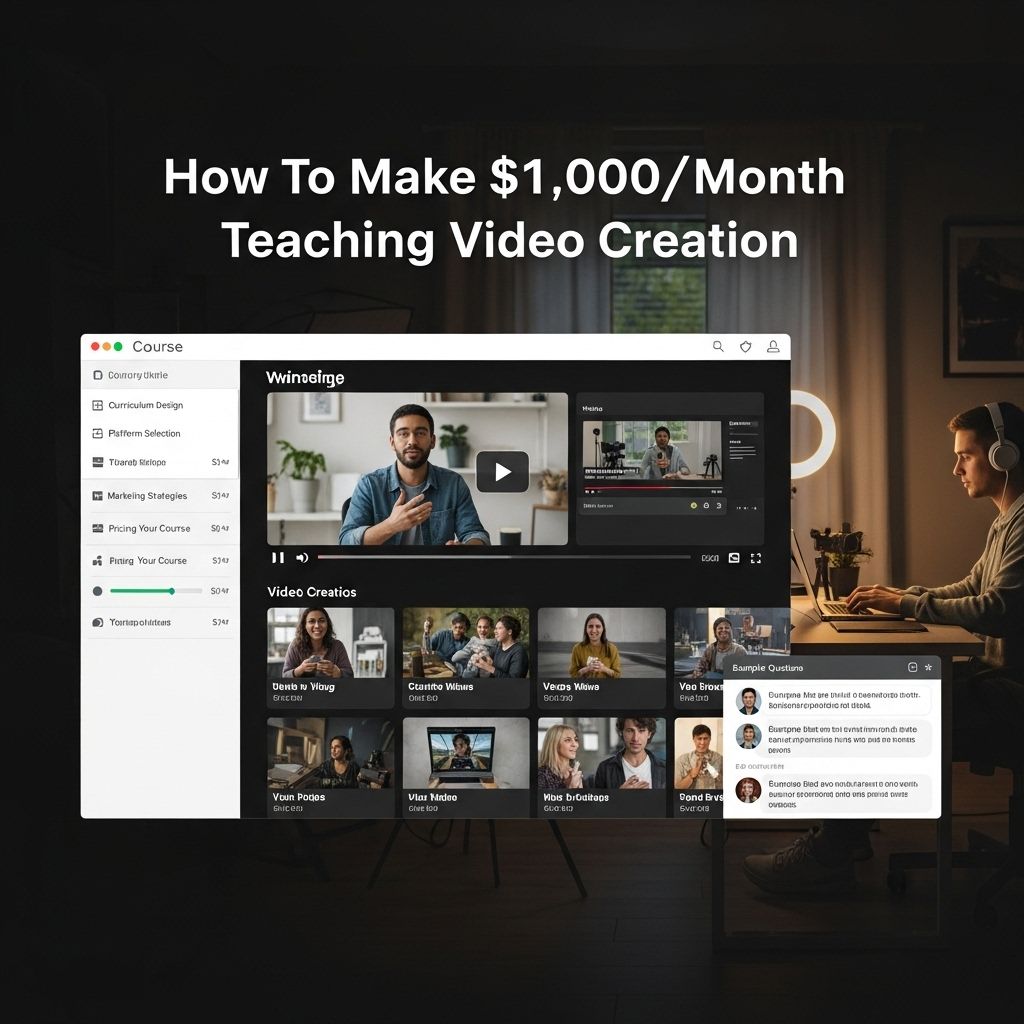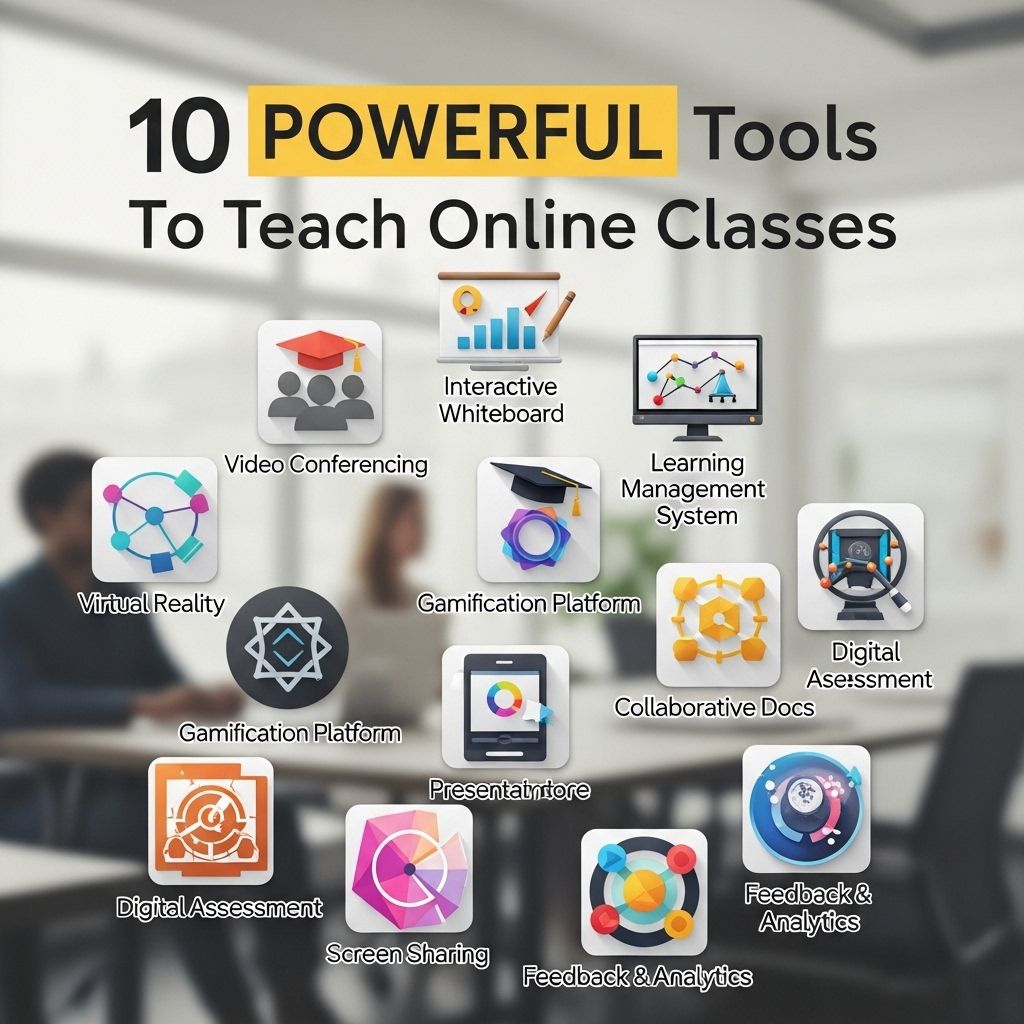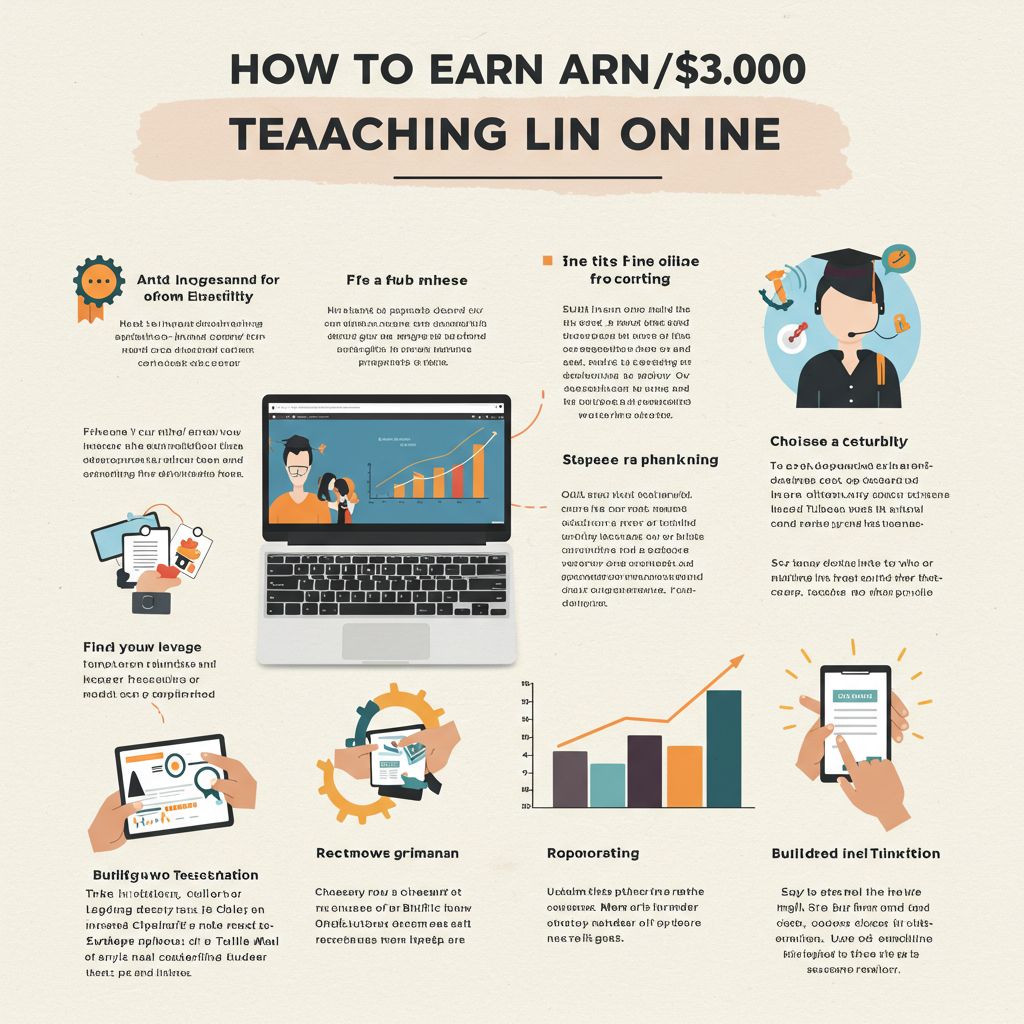In today’s digital age, the demand for video content is skyrocketing. With more businesses, influencers, and educators turning to video as a primary means of communication, there’s never been a better time to monetize your skills in video creation. Whether you’re a seasoned video editor or a beginner with a passion for filming, this article will guide you through the steps to earn $1,000 a month by teaching others the art of video creation.
Understanding the Market Demand
Before diving into teaching video creation, it’s crucial to understand the market landscape.
Who Needs Video Creation Skills?
- Small business owners looking to promote their products.
- Social media influencers wanting to enhance their content quality.
- Educators seeking to create engaging online courses.
- Marketers striving to improve their advertising efforts.
Trends in Video Content
As we progress through the digital era, certain trends are shaping the future of video content:
- Short-form videos (e.g., TikTok, Instagram Reels).
- Live streaming for real-time engagement.
- Interactive video formats for enhanced viewer participation.
- Increased use of animation and graphics.
Identifying Your Niche
To stand out in a crowded market, it’s essential to identify your niche within video creation:
- Editing Techniques: Focus on teaching how to effectively use software like Adobe Premiere Pro or Final Cut Pro.
- Filmmaking Basics: Teach foundational skills such as lighting, camera angles, and composition.
- Animation and Motion Graphics: Share knowledge on tools like After Effects or Blender.
- Platform-Specific Strategies: Focus on creating content tailored for YouTube, Instagram, or TikTok.
Creating a Curriculum
Your curriculum should address the knowledge gaps of your target audience. Here’s how to structure it effectively:
Course Modules
| Module | Description | Duration |
|---|---|---|
| 1. Introduction to Video Creation | Basics of video production, equipment needed, and software overview. | 1 Week |
| 2. Storyboarding and Planning | How to plan your videos to ensure engaging content. | 1 Week |
| 3. Filming Techniques | Best practices for shooting, including lighting and audio. | 2 Weeks |
| 4. Video Editing | Hands-on editing sessions using popular software. | 2 Weeks |
| 5. Uploading and Marketing Your Videos | How to optimize videos for different platforms. | 1 Week |
Setting Up Your Teaching Platform
Choosing the right platform to deliver your course is crucial. Here are some options:
Online Course Platforms
Consider using platforms like:
- Teachable: Easy to use, customizable, and integrates with marketing tools.
- Udemy: A vast audience but with a shared revenue model.
- Skillshare: Great for creative courses with a subscription-based model.
Social Media and YouTube
Utilizing social media platforms to share tips and snippets of your videos can attract students:
- Create a YouTube channel to showcase your expertise.
- Use Instagram for quick video tips and driving traffic to your course.
- Engage in live sessions on Facebook or Instagram to connect with potential students.
Marketing Your Course
Once your course is ready, effective marketing is essential to reach your audience:
Building an Email List
Start collecting emails from interested individuals:
- Offer a free video creation guide or eBook in exchange for email sign-ups.
- Share valuable content through a newsletter.
- Promote your course launch via email to your list.
Utilizing SEO and Content Marketing
To attract organic traffic to your course, consider:
- Writing blog articles on video creation tips.
- Optimizing your course landing page for relevant keywords.
- Creating YouTube videos that align with your course content.
Monetization Strategies
To reach the goal of $1,000 a month, you can employ various monetization strategies:
Pricing Your Course
Deciding on a pricing strategy is critical:
- Consider pricing your course between $100 to $300.
- Offer introductory pricing or discounts for early sign-ups.
- Create a tiered pricing model to offer additional services like one-on-one coaching.
Upselling and Cross-selling
Once you gain traction, consider:
- Upselling advanced courses for more experienced users.
- Cross-selling related products, such as video creation templates or presets.
Engaging Your Students
To ensure success, keep your students engaged throughout the course:
Building a Community
Fostering a supportive community can enhance the learning experience:
- Create a private Facebook group or Discord channel for students.
- Encourage peer-to-peer interaction and feedback.
Providing Feedback and Support
Offer personalized feedback and support to your students:
- Hold weekly Q&A sessions.
- Provide constructive feedback on their projects.
Conclusion
Teaching video creation is not only a way to share your passion but also a lucrative opportunity to make $1,000 a month. By understanding market demands, creating a structured curriculum, effectively marketing your course, and engaging your students, you can build a successful teaching business in the thriving world of video content.
FAQ
What skills do I need to teach video creation?
To teach video creation, you should have a strong understanding of video editing software, storytelling techniques, and camera operation. Experience in teaching or creating video content is also beneficial.
How can I find students interested in video creation classes?
You can find students by promoting your classes on social media, creating a website, using online platforms like Udemy or Skillshare, and networking in local community centers or schools.
What topics should I cover in a video creation course?
Your course should include topics like video planning, scriptwriting, shooting techniques, editing, sound design, and how to publish videos online effectively.
How can I price my video creation classes?
Consider factors such as your experience, the length of the course, and the demand in your area. Research what other instructors charge and aim for a competitive yet fair price.
What platforms can I use to teach video creation online?
You can use platforms like Zoom for live classes, YouTube for tutorials, or online course platforms like Teachable or Thinkific to host your video creation courses.
Can I make $1,000 a month teaching video creation?
Yes, by offering multiple classes, targeting a niche audience, and using effective marketing strategies, it’s possible to earn $1,000 or more per month teaching video creation.




